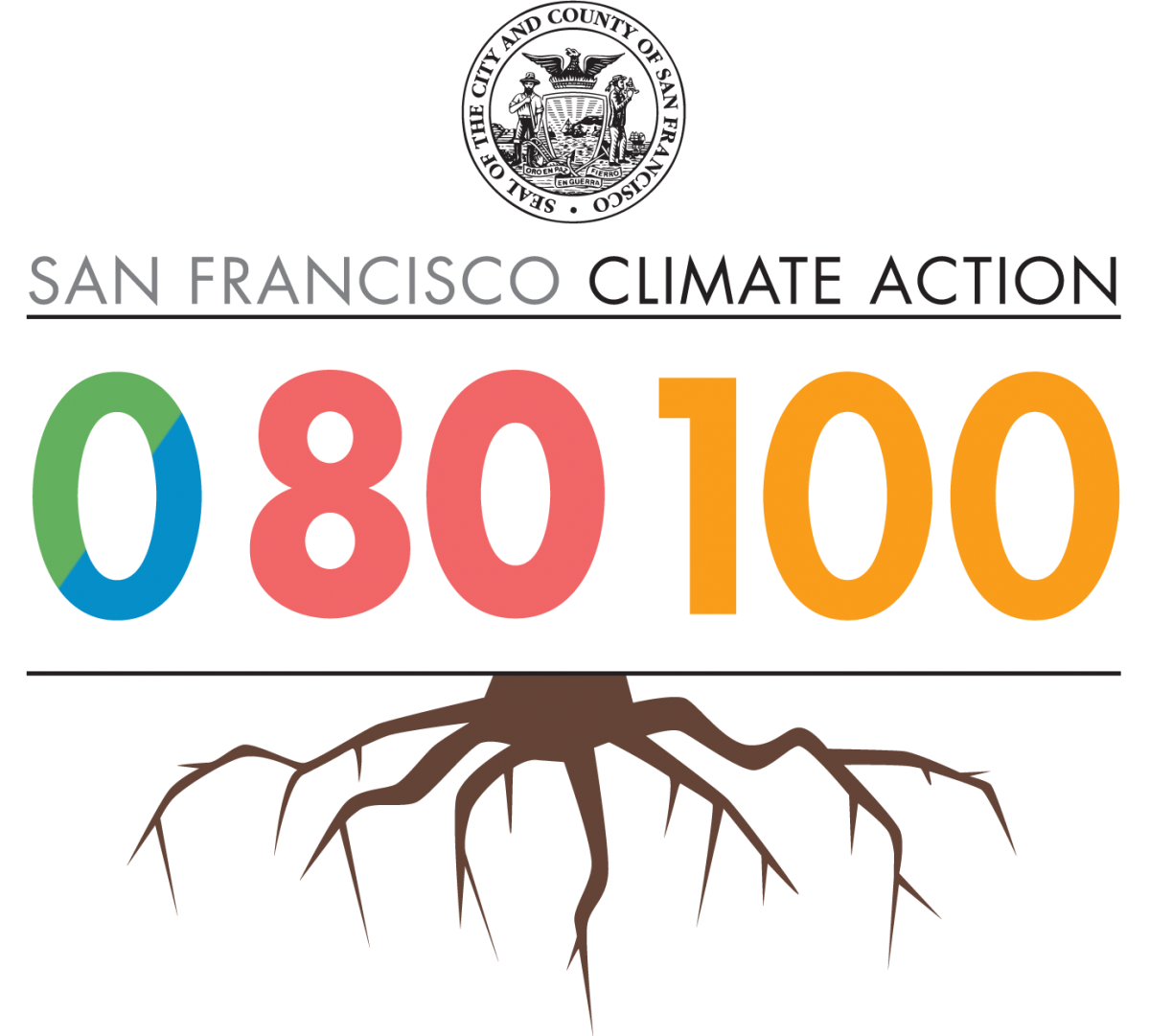In 2014, a collection of leading global cities formed the Carbon Neutral Cities Alliance (CNCA). This alliance committed to cut greenhouse gas emissions by 80% by 2050. Although they account for less than 2% of the earth’s surface, cities are major contributors to climate change. They consume 78% of the world’s energy and produce more than 60% of greenhouse gas emissions.
Many people in cities rely more on fossil fuels and have fewer green spaces which can worsen the effects of climate change for urban populations. Additionally, estimates predict an extra 2.5 billion people in urban areas by 2050. As a result, efforts to limit global warming will need “rapid and far-reaching transitions in energy, land, urban and infrastructure (including transport and buildings), and industrial systems” (IPCC, 2018).
Sustainable Development Goal 11
Sustainable Development Goal 11 (SDG 11) is dedicated to making cities and communities more sustainable, resilient, safe, and inclusive. It also directs cities to achieve carbon neutrality. This requires radical, transformative changes to core city systems. It is the CNCA’s mission to drive transformative climate action to achieve that.
Carbon Neutral vs Net Zero
Although the two are often used interchangeably, there is a key difference between them. Carbon neutral refers to removing produced carbon dioxide (CO2) emissions. Meanwhile, net-zero emissions involve offsetting all greenhouse gasses produced. These terms can apply to a state, country, city, business, or even a building.

Making Carbon Neutral Cities Happen
Some of the 22 cities that currently make up the CNCA include Adelaide, Melbourne, Helsinki, Oslo, Sydney, New York, Yokohama, Rio de Janeiro, and Copenhagen.
Copenhagen aims to be the world’s first carbon-neutral city by 2025. The city has already reduced emissions by 42% from its 2005 levels. They did this by moving away from fossil fuels to generate heat and electricity. The Danish capital plans to achieve the 2025 goal through various methods. Solar panels will be installed on the roofs of the city’s buildings. They are also investing in wind turbines. Citizens are encouraged to replace their cars with bicycles or public transport. Better rainwater management and more green spaces are also part of the plan. As for the winter? A high-tech incinerator burns Copenhagen’s trash to help heat its buildings.
Meanwhile, Adelaide’s business operations were certified carbon neutral by the Australian Government. Like Copenhagen, Adelaide intends to be the first carbon-neutral city. The Australian city has a detailed action plan setting out 104 actions under five key pathways. These pathways include energy-efficient building and zero-emissions transport. The plan also aims for renewable energy, reduced emissions from waste and water, and offsetting carbon emissions.

San Francisco has committed to achieving the alliance’s 2050 goals through four sub-goals. The first of these is zero waste. The second aims for 80% of movement to be sustainable (i.e. walking, biking, public transit). The third sub-goal aims for 100% renewable energy. Finally, they aim to put in place nature-based carbon sequestration, such as restoring wetlands.

It Can Be Done
The challenges facing each city will differ to some extent but solving them takes the same actions. Hence, we must learn from one another. Peer learning between cities is vital and helps achieve a better and more sustainable quality of life for the planet and its people. Together, we can continue to progress.
Now, what can you as an individual do? Consider the THRIVE Platform. This is a free tool that enables countries, cities, companies, and individuals to transform themselves into THRIVEable entities. By using machine learning and predictive analytics, we can help you gain access to extensive historical knowledge. We also draw knowledge from experts around the world.
You can make a difference. Join THRIVE and be part of the solution!























